I was not able to properly color groups in a time series. It looks like the order got messed up. Example code is below. Any hints?
library(ggplot2)
getSeason <- function(DATES) {
#found here https://stackoverflow.com/questions/9500114/find-which-season-a-particular-date-belongs-to
WS <- as.Date("2012-12-15", format = "%Y-%m-%d") # Winter Solstice
SE <- as.Date("2012-3-15", format = "%Y-%m-%d") # Spring Equinox
SS <- as.Date("2012-6-15", format = "%Y-%m-%d") # Summer Solstice
FE <- as.Date("2012-9-15", format = "%Y-%m-%d") # Fall Equinox
# Convert dates from any year to 2012 dates
d <- as.Date(strftime(DATES, format="2012-%m-%d"))
ifelse (d >= WS | d < SE, "Winter",
ifelse (d >= SE & d < SS, "Spring",
ifelse (d >= SS & d < FE, "Summer", "Fall")))
}
zz <- sample(1:10000,365)/1000
dag <- seq(as.Date("2014-01-01"), as.Date("2014-12-31"), by = "day")
seas <- getSeason(dag)
test <- data.frame(zz,dag,seas)
ggplot(data=test, aes(x=dag,ymax=zz,ymin=0,fill=seas))+
geom_ribbon()






